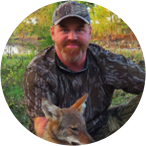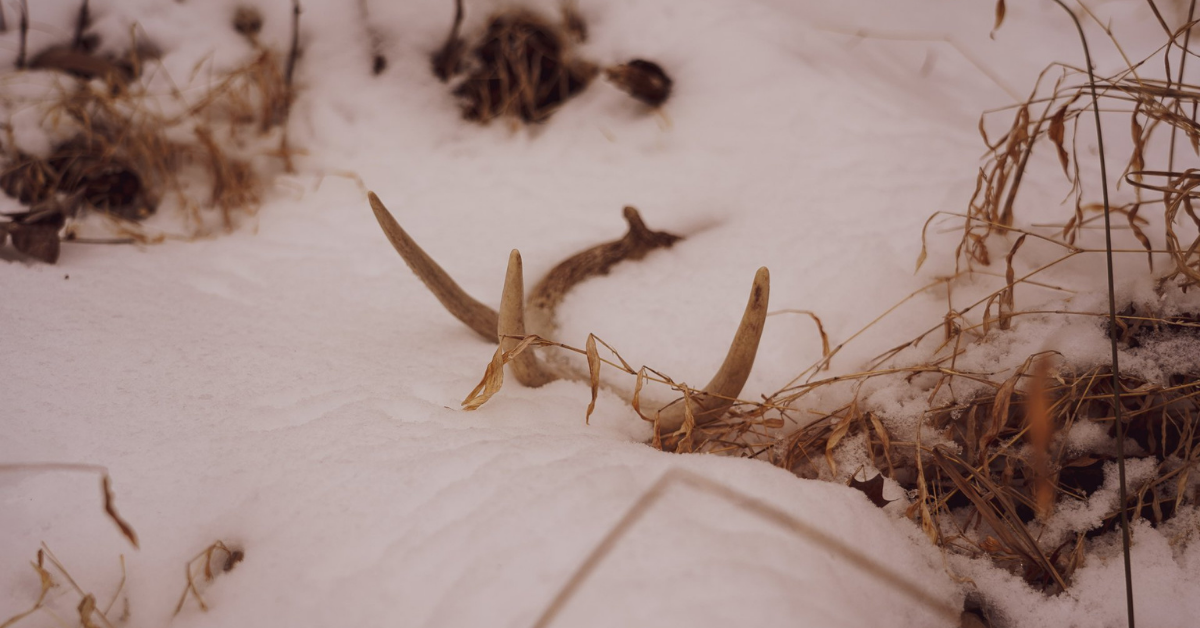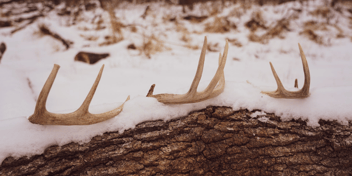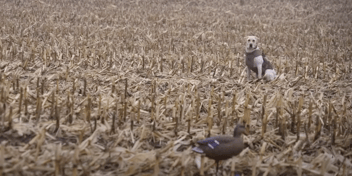
Looking for shed antlers is quickly becoming one of the fastest-growing hobbies among outdoorsmen in North America. Countless hunters hit the woods in late winter in search of fallen treasures in the form of deer antlers. It’s quite an addicting way to spend a morning or afternoon in the deer woods and fuel the fire for what lies ahead in deer seasons to come. But finding deer antler sheds isn’t easy. There is a method to the madness. Here’s a look at how to find more shed antlers on the properties you hunt this season.
Shed hunting is fun, but it’s not easy. Here’s a look at how to make it happen.
Search Food Sources
Hunting food sources isn’t just an in-season tactic for taking your buck. It works well during shed hunting season when you’re on the hunt for dropped antlers from the buck you didn’t kill as well. It’s a simple concept. Deer will be spending lots of time in and around food sources at this time of year. They are in survival mode, feeding often.
Look for shed antlers around these known feeding areas. You’ll have to use a sharp eye in stubble fields, as antlers easily blend into the corn stubble or other leftovers on the ground. Make sure to have a good pair of binos to help you search more ground without excessive walking.
Search Bedding Areas
Another element of the hunt that carries over to shed hunting is to search bedding areas and the travel routes that lead to and from them. Obviously, you’ll want to key in on buck bedding areas. Hopefully, you’re aware of these locations on the properties you hunt, allowing you to make a thorough search of these hangouts in search of bone.
If you’re unfamiliar with the bedding areas on your property, just look for clues left behind in the form of excessive deer pellets in and around thickets. Bucks pellets will typically be larger than other deer scat found in the woods, and bucks will often be lazy, pooping in and around their bed. Look for shed antlers in and around bedding areas and food sources.
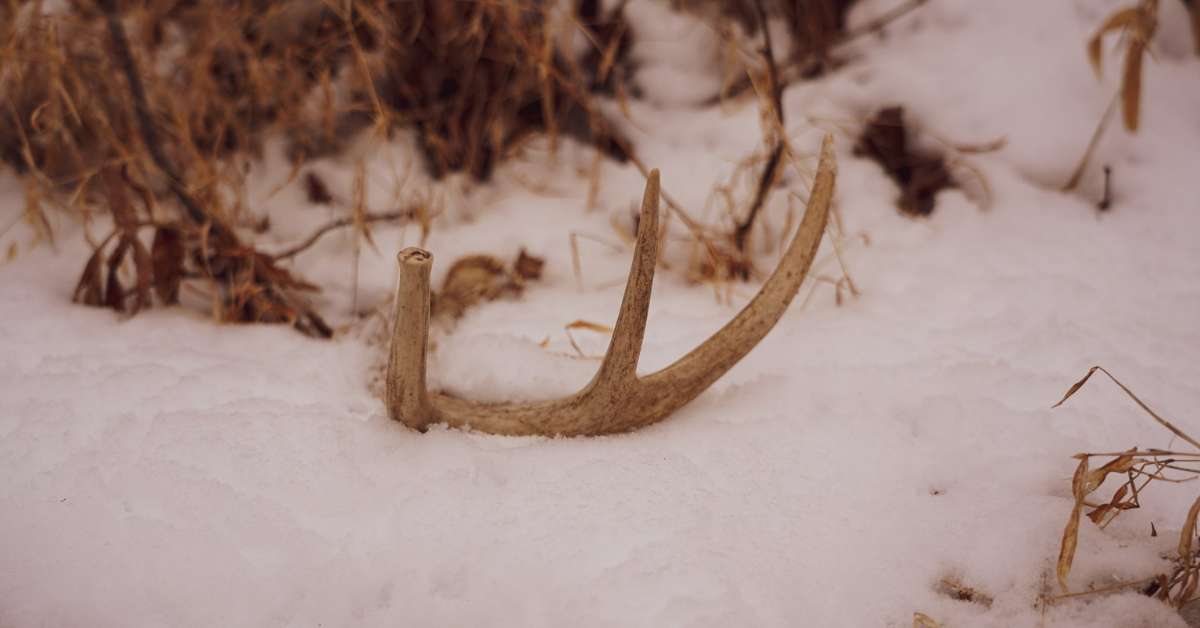
Keep the Wind Out of Your Face
When possible, keep the wind at your back while shed hunting. This may not sound like a big deal, and if the wind isn’t blowing, it’s not. But on those days when there’s a steady breeze, the wind will wreak havoc on your eyes and ability to see. Your eyes will be watering, drying out, and irritated as you hike across the property.
Search for antlers with the wind. It’s a simple move that will greatly enhance your comfort and ability to find more sheds. Take the necessary steps to ensure maximum visibility on the days you hit the woods in search of sheds.
Shed Hunt in Low Light Conditions
Sure, a beautiful, bright, sunny day may feel like the best bet for shed hunting, but it’s actually really tough on the eyes. Eye strain becomes a factor, prohibiting your #1 tool for finding sheds – your eyes.
What type of days works best?
Watch the weather and hunt overcast conditions. For best results, go right after rain moves through the area. Few things shine as bright as freshly fallen antler when it’s wet. If you have no choice but to go on a sunny day, wake up early or go out late. The low light conditions of the first and last few hours of light can be some of the best times to shed hunt.
Conclusion
Are you ready to give shed hunting a try this year? Load up with a friend, family, or dog and hit the woods in search of shed antlers. It’s great exercise, and a fun way to take inventory of the bucks that made it through hunting season.
About the Author
